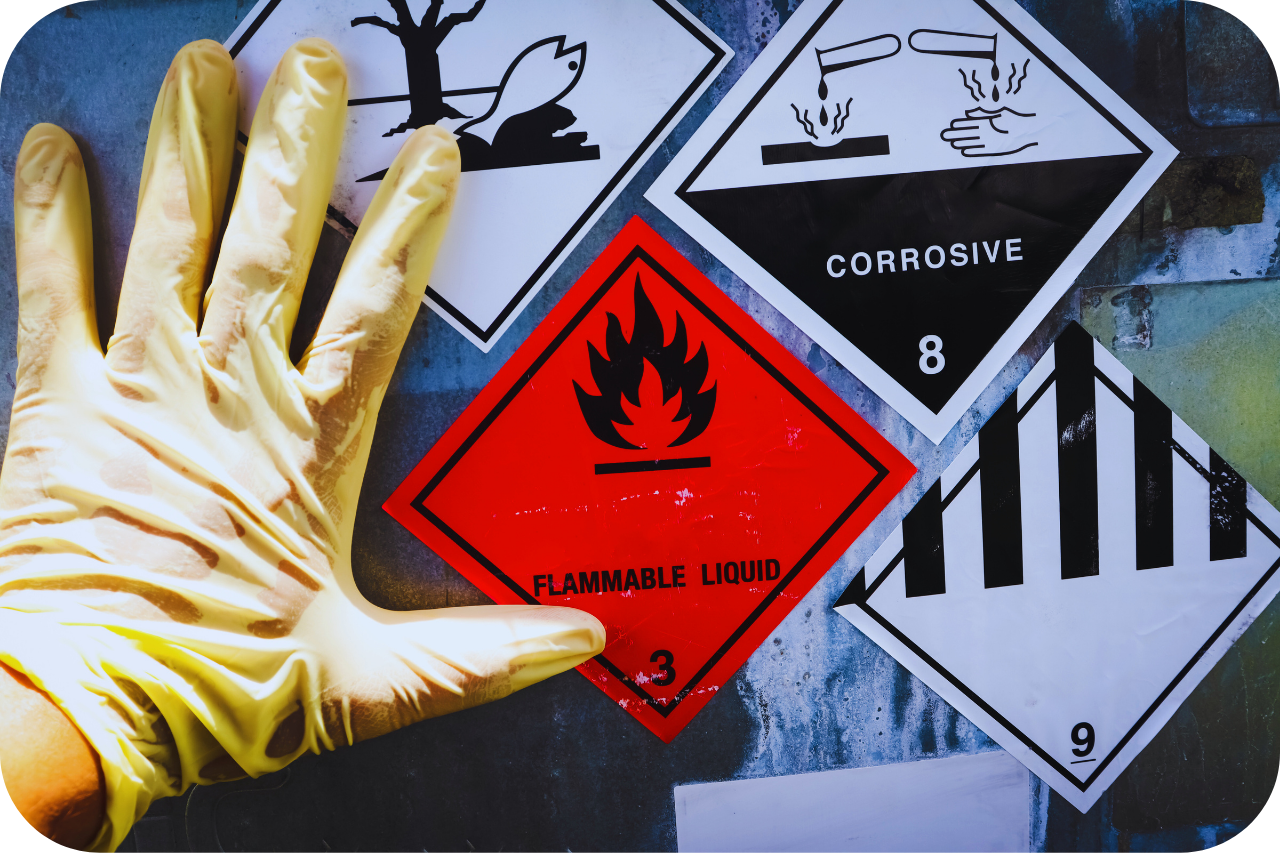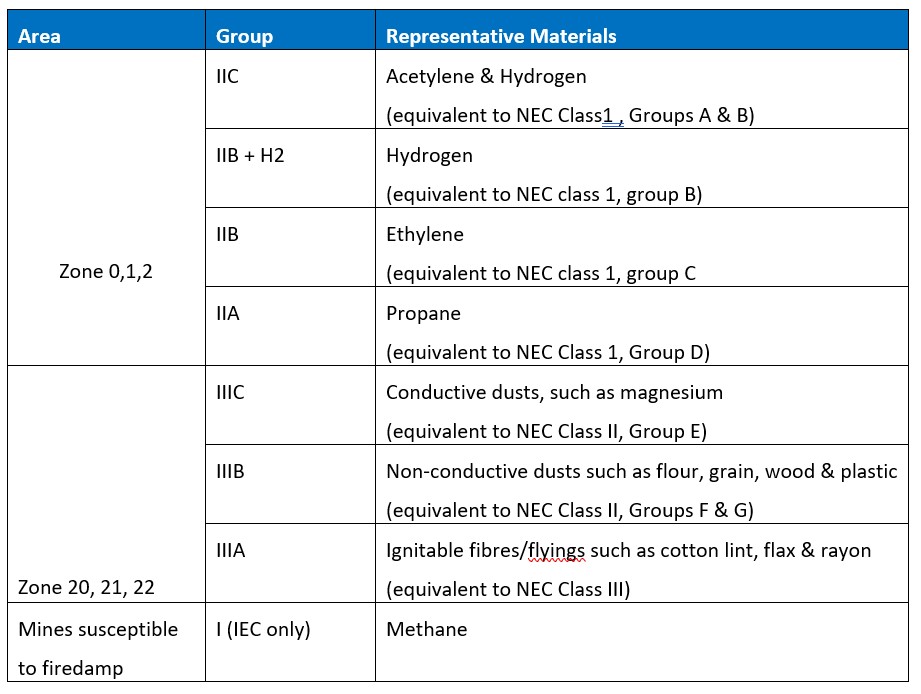Roar Solutions Can Be Fun For Everyone
Roar Solutions Can Be Fun For Everyone
Blog Article
The Best Guide To Roar Solutions
Table of Contents6 Easy Facts About Roar Solutions ExplainedEverything about Roar Solutions5 Easy Facts About Roar Solutions Shown
In such an ambience a fire or surge is feasible when 3 fundamental conditions are fulfilled. This is frequently described as the "hazardous location" or "combustion" triangular. In order to shield installments from a possible surge a technique of analysing and classifying a possibly harmful location is required. The purpose of this is to make sure the correct option and installment of equipment to eventually protect against a surge and to guarantee safety of life.
(https://pastebin.com/u/roarsolutions)
No equipment must be set up where the surface temperature level of the devices is more than the ignition temperature of the provided threat. Below are some common dust harmful and their minimal ignition temperature level. Coal Dirt 380C 225C Polythene 420C (thaws) Methyl Cellulose 420C 320C Starch 460C 435C Flour 490C 340C Sugar 490C 460C Grain Dirt 510C 300C Phenolic Material 530C > 450C Aluminium 590C > 450C PVC 700C > 450C Residue 810C 570C The chance of the threat existing in a concentration high enough to create an ignition will certainly differ from area to place.
In order to identify this threat a setup is divided into areas of threat relying on the quantity of time the unsafe exists. These areas are referred to as Zones. For gases and vapours and dirts and fibers there are 3 areas. Zone 0 Area 20 A dangerous ambience is extremely likely to be present and might exist for long durations of time (> 1000 hours each year) and even continuously Zone 1 Area 21 A harmful atmosphere is possible but not likely to be existing for lengthy periods of time (> 10 450 C [842 F] A category of T6 indicates the minimal ignition temperature level is > 85 C [185 F] Unsafe area electric equipment maybe made for usage in higher ambient temperature levels. This would suggested on the ranking plate e.g. EExe II C T3 Ta + 60C( This indicates at 60C ambient T3 will not be gone beyond) T1 T1, T2, T3, T4, T5, T6 T2 T2, T3, T4, T5, T6 T3 T3, T4, T5, T6 T4 T4, T5, T6 T5 T5, T6 T6 T6 A T Course ranking of T1 implies the optimum surface area temperature level created by the instrument at 40 C is 450 C. Assuming the connected T Class and Temperature rating for the devices are proper for the location, you can always use a tool with a more rigorous Department score than needed for the area. There isn't a clear solution to this question. It actually does depend on the sort of devices and what repair work require to be accomplished. Equipment with details test treatments that can not be performed in the area in order to achieve/maintain third event rating. Should return to the manufacturing facility if it is prior to the devices's service. Field Repair Service By Authorised Worker: Complicated testing may not be needed nonetheless particular treatments might need to be adhered to in order for the devices to keep its 3rd party rating. Authorised employees must be utilized to do the job appropriately Repair work need to be a like for like replacement. New element need to be thought about as a straight substitute needing no special screening of the tools after the fixing is full. Each piece of equipment with a harmful score need to be reviewed individually. These are laid out at a high degree listed below, however, for more detailed information, please refer directly to the guidelines.
Getting My Roar Solutions To Work
The tools register is a comprehensive data source of equipment documents that consists of a minimum set of fields to identify each item's area, technical parameters, Ex category, age, and environmental information. The ratio of In-depth to Close assessments will certainly be established by the Tools Danger, which is assessed based on ignition danger (the possibility of a source of ignition versus the chance of a flammable ambience )and the dangerous location classification
( Zone 0, 1, or 2). Implementing a durable Risk-Based Examination( RBI )method is important for ensuring conformity and security in taking care of Electrical Tools in Hazardous Locations( EEHA).
Some Known Questions About Roar Solutions.

In terms of eruptive risk, a hazardous location is an environment in which an eruptive ambience is present (or might be expected to be existing) in quantities that call for special precautions for the building and construction, setup and usage of devices. eeha. In this write-up we check out the obstacles dealt with in the office, the danger control actions, and the needed expertises to work securely
It issues of contemporary life that we make, store or deal with an array of gases or liquids that are considered combustible, and a series of dirts that are regarded combustible. These compounds can, in particular problems, form eruptive ambiences and these can have major and heartbreaking repercussions. The majority of us know with the fire triangular eliminate any one of the three components and the fire can not occur, but what does this mean in the context of harmful areas? When breaking this down into its easiest terms More about the author it is essentially: a combination of a specific amount of launch or leakage of a particular substance or product, mixing with ambient oxygen, and the visibility of a resource of ignition.
In most instances, we can do little concerning the degrees of oxygen airborne, yet we can have substantial impact on resources of ignition, as an example electrical equipment. Dangerous areas are documented on the unsafe location category drawing and are recognized on-site by the triangular "EX LOVER" sign. Here, among various other crucial info, zones are split right into 3 types depending on the risk, the likelihood and period that an eruptive environment will exist; Area 0 or 20 is considered the most dangerous and Area 2 or 22 is considered the least.
Report this page